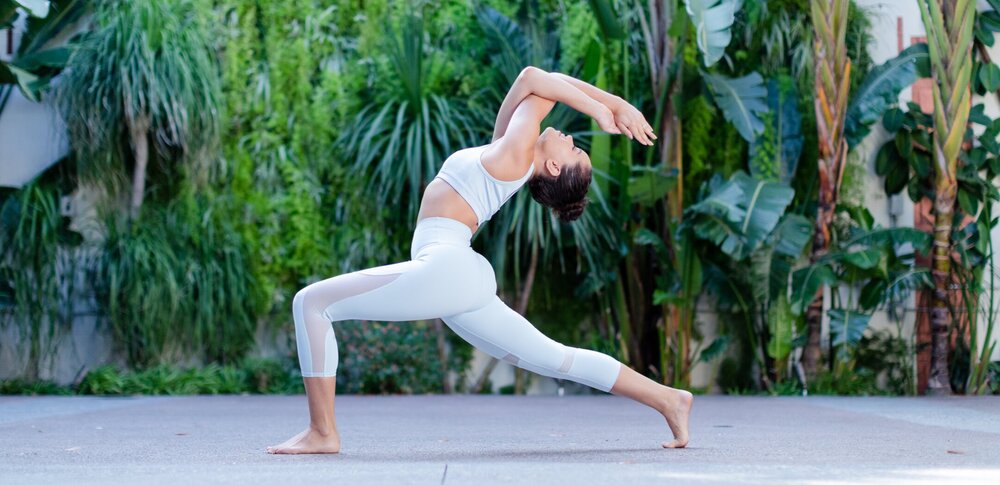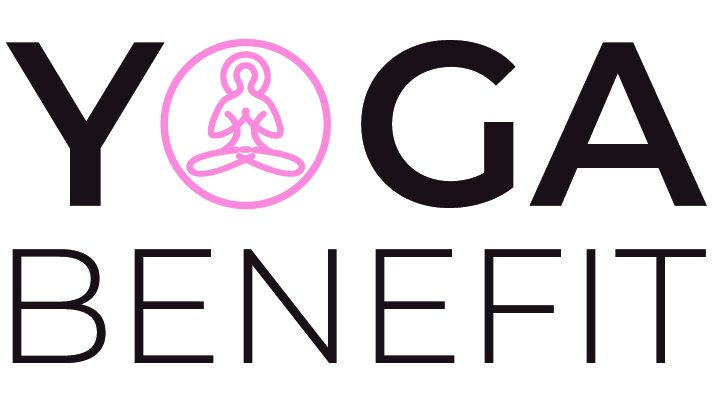Last year was the time I packed my bags, flew across the Indian ocean to Bali and spent three and a quarter weeks completing my first 200-hour Yoga teacher training (YTT). Reminiscing on the year has made me realize how my teaching approach has changed. Each month thousands of teachers graduate from training programs around the globe. It’s likely that you have taken a class taught recently by one of these graduates. How does the graduate feel about teaching? My first year as a professional teacher was a rough river with many highs and lows. However, I have a deeper and more profound love for yoga.

There is no set path for your yoga teaching career after your initial training. Some yoga teachers start teaching up to 10 classes per week and quickly transition into a full-time career. Some are more cautious, whether for financial reasons (completely justifiable) or to give themselves the opportunity to grow their voice and get further mentoring before they really put themselves out there. Some graduates might not be able to teach after they have completed their training. Our experiences in the industry, with our students, and our self-criticism are as varied as our physical abilities on the mat. These are my top tips for yoga teachers starting out in the first year.
Jump straight in
After my teacher training, I came home with one goal: to start teaching as soon as possible. Within days, I had secured my insurance, first aid, and industry memberships, as well as signed up for some teaching cover. I started teaching at two local gyms and also offered free classes to my family and friends to practice my sequencing and adjustments. I was able to take advantage of my flexibility and accept a karma yoga instructor position at a studio in the opposite direction of town. Karma yogi positions offer great opportunities for new teachers. You can get hands-on experience in greeting students, assisting and remembering hundreds of names. These skills will be invaluable to you as you start your own business.
If you build it, they will come
New teachers can find it frustrating to try to build a following of students in the yoga industry. It doesn’t matter if you teach at a studio, gym, or in a park or community hall. Building a client base takes patience and time. This was one of the reasons that I found it challenging. I also work full-time as an event manager and my schedule changes from week to week. It makes it hard to teach regular classes. You might be tempted to apply for as many weekly classes you can as you can as a new teacher. If you are offered a weekly class to teach, be sure that you can commit to that particular day and time every week. To ensure that your students do the same, you must show up each week.
Take care of yourself
With absolute certainty, I can say that I have increased my confidence in front a class over the past 12 months. I also feel more comfortable teaching because I am able to bring out my authentic voice every time I teach. This takes patience and time. Sometimes, I feel like a total fraud in front of a class. I am lost for words, confused by the alignment cues and generally completely preoccupied with how much mess this whole thing is making. These moments of doubt can be frightening at first and make it difficult to believe that you are actually teaching. These feelings of nervousness are something I accept because they show that I care. I care about being a good teacher, about making sure my students are safe, and about learning and growing as a person. My love of yoga has been shared with my students for the past year. They know that I am not perfect and that we are all learning together. As a graduate teacher, my goal is to find a balance between humility and self-encouragement. When I do forget, I try to remember my advice and just breathe, smile, have fun, and keep it real.
